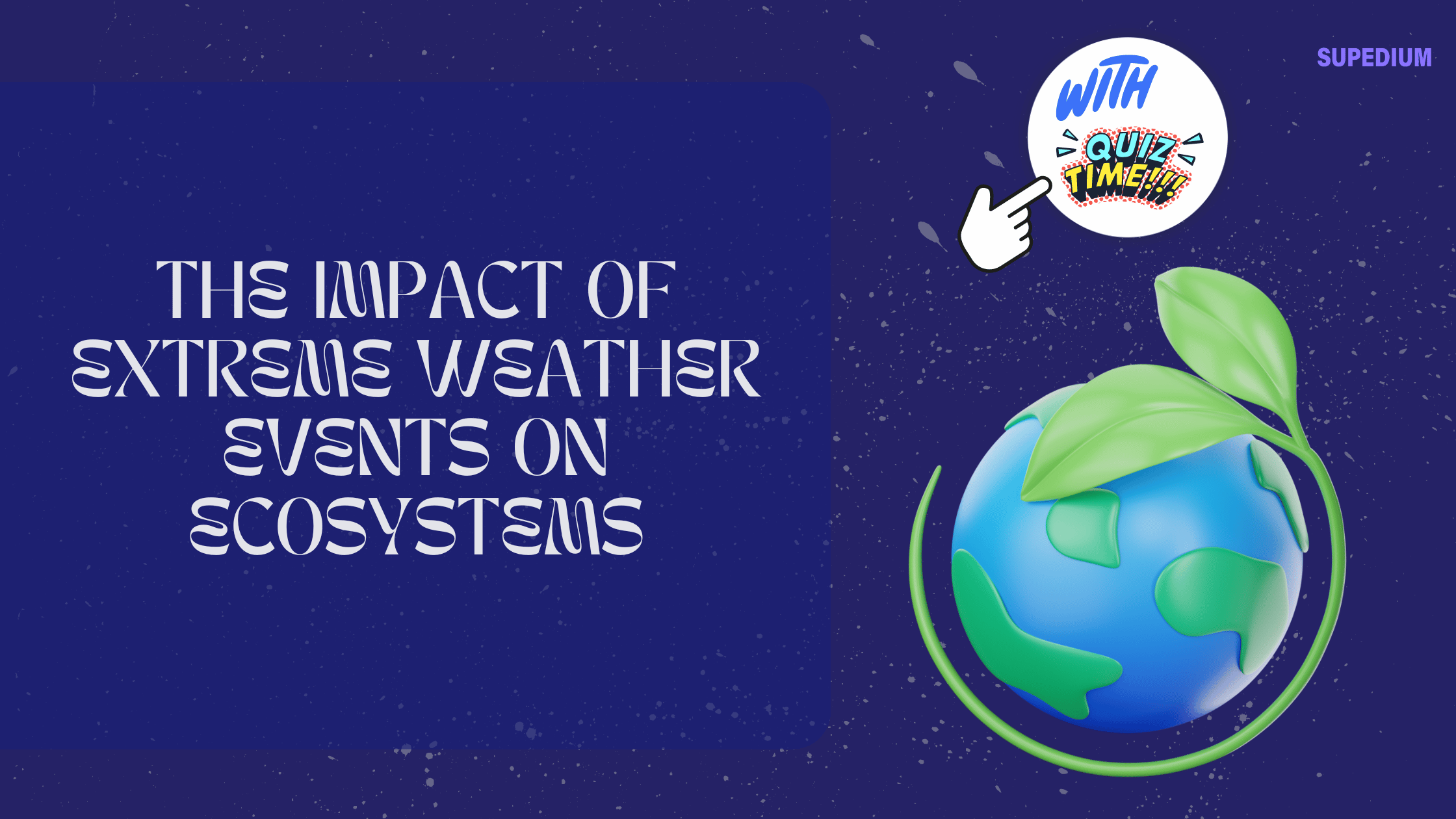![]()
Succulent plants, also called succulents, are plants with components which are thickened, fleshy, and engorged, generally to keep water from arid ponds or soil conditions. The term succulent comes from the Latin term sucus, meaning ‘juice’, or ‘sap’. Succulent plants can store water in a variety of structures, for example, leaves and stalks. Some definitions also have roots, so geophytes that endure adverse intervals by expiring back to subterranean storage organs could be considered as succulents. In horticultural usage, the expression succulent is occasionally utilized in a sense which excludes plants which botanists would respect as succulents, for example, cacti. Succulents are frequently increased as decorative plants due to their striking and unconventional look, in addition to their capacity to flourish with comparatively minimal maintenance.
The Definition
A general definition of succulents is They are drought Plants where roots, stem cells, or the leaves are becoming greater than fleshy by the maturation of tissue. Other resources exclude roots as from the definition”a plant with thick, fleshy and bloated stalks or leaves, adapted to arid environments”. This gap affects the relationship between succulents and “geophytes” — crops which survive negative seasons as resting marijuana on an underground organ. These underground organs, like bulbs, corms and tubers, are usually fleshy with water-storing cells. Many geophytes are classed as succulents if roots are contained in the definition. Plants adapted to living in arid surroundings like succulents are termed xerophytes. But not all of the xerophytes are succulents because there are different methods of adapting to a shortage of water, e.g., by creating small leaves which might roll up or using leathery instead of succulent leaves. Nor are succulents xerophytes because plants such as Crassula helmsii are equally aquatic and succulent.
[succulent plant](https://succulentscentury.com/5-helpful-tips-for-healthy-growth/)As a hobby use the expression differently from botanists succulents. In horticultural usage, the expression succulent regularly excludes cacti. By way of instance, Jacobsen’s three quantity Handbook of Succulent Plants doesn’t cover cacti, and”cacti and succulents” are your name or part of this name of several novels covering the cultivation of the plants. But in botanical language, cacti are succulents. Horticulturists can also exclude different groups of crops, e.g., bromeliads. A sensible, but unscientific, the horticultural definition is”a succulent plant isn’t any desert plant a succulent plant collector wants to grow” Such crops less frequently include geophytes (where the bloated storage organ is fully subterranean) but do contain plants using a caudex, that’s bloated above-ground manhood at ground level, shaped by a stem, a root or both.
Many plant households have several succulents found inside them (over 25 plant households). In certain households, for example, Aizoaceae, Cactaceae, and Crassulaceae, Species are succulents. The habitats of those water preserving crops are often in regions with high temperatures and reduced rainfall, for example, deserts. Succulents can thrive on restricted water resources, such as mist and dew, making them equipped to live at an ecosystem which comprises scarce water resources.
An additional difficulty is that crops aren’t either succulent or even non-succulent. In families and most genera, there’s a gradation from crops with ordinary and leaves stalks to people with fleshy and thickened leaves or stalks, so that deciding what’s a succulent is random. The species may be classified by sources.
Plants are given somewhat bloated or by the storage of water Look than other crops called succulence. Besides, succulent plants have other capabilities that are water-saving. These can include:
- crassulacean acid metabolism (CAM) to lessen water loss
- absent, decreased, or cylindrical-to-spherical renders
A decline in the Number of stomata
stems as the main website of photosynthesis, instead of leaves compact, decreased, cushion-like, columnar, or round expansion type ribs allowing rapid growth in plant quantity and decreasing surface area exposed to sunlight waxy, hairy, or spiny outer surface to make a humid micro-habitat around the plant, which reduces air motion near the surface of the plant, and consequently reduces water loss and also generates colour roots quite close to the surface of the ground, therefore that they Can remove moisture from very Tiny showers or hefty dew capability to remain plump and full of water with large internal temperatures (e.g., 52 °C or even 126 °F) very impervious outer cuticle (epidermis) mucilaginous materials, which maintain water
Cultivation
Succulents are preferred as houseplants due to their beauty and ease of maintenance. Succulents need maintenance to live inside if potted. Succulents are extremely elastic houseplants and will flourish in a variety of indoor problems. For many plant owners, over-watering and related infections are the most important cause of death in succulents.
Succulents could be propagated byways. The most frequent is vegetative propagation; that comprises cuttings Where inches of stem with leaves are cut and following recovery Create a callus. Roots can rise. There is Another method Branch comprising uprooting an overgrown clump and yanking The stalks and roots from Foliage propagates A method by Allowing the creation of a callus. This procedure, there is foliage Removed from the plant regularly by cutting or twisting. The foliage Then dries out and also a callus forms from absorbing, preventing the foliage Much moisture rotting. This technique typically takes around some Roots which would produce plants that are new to be produced by weeks. The vegetative propagation may differ based on the species.
Habitat
Other succulents, then Antarctica are discovered within every continent. Although it’s often believed that many succulents come in arid regions like steppes, semi-desert, and desert, the planet’s driest regions don’t make for appropriate succulent habitats. The world’s driest inhabited continent, Australia, hosts few succulents on account of the frequent and prolonged droughts. The continent with the most succulents, Africa, doesn’t host lots of the plants in its dry areas. But, while succulents are not able to grow in such types of conditions, they can develop in states which are uninhabitable by plants. In reality, lots of succulents can flourish in dry conditions, and a few can last up based on adaptations and their environment. Succulents can also sometimes happen as epiphytes, developing on other crops with restricted or no contact with the earth, and therefore are dependent on their capacity to store water and earn nutrition by other ways; this niche is observed in Tillandsia. Succulents also happen as people of sea coasts and arid lakes, that can be vulnerable to elevated levels of dissolved minerals which are deadly to several other plant species. Succulents can grow with maintenance in most environments.
Share This





Be the first to comment